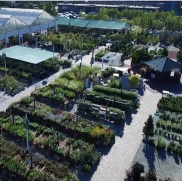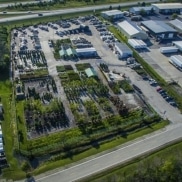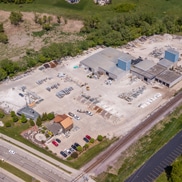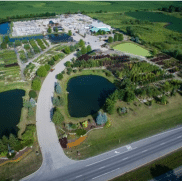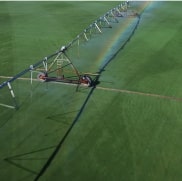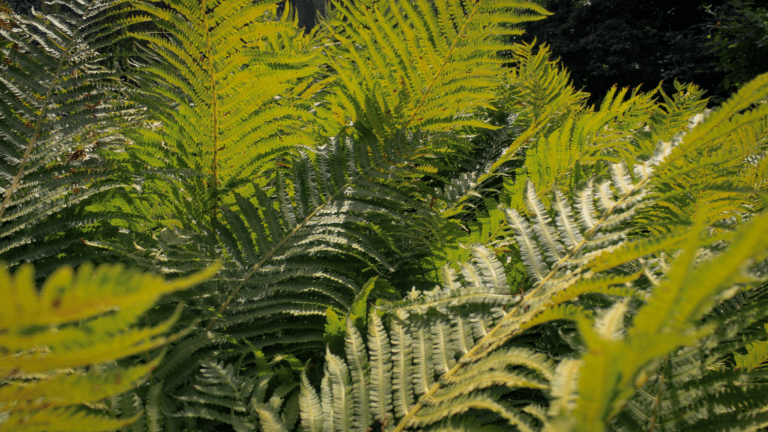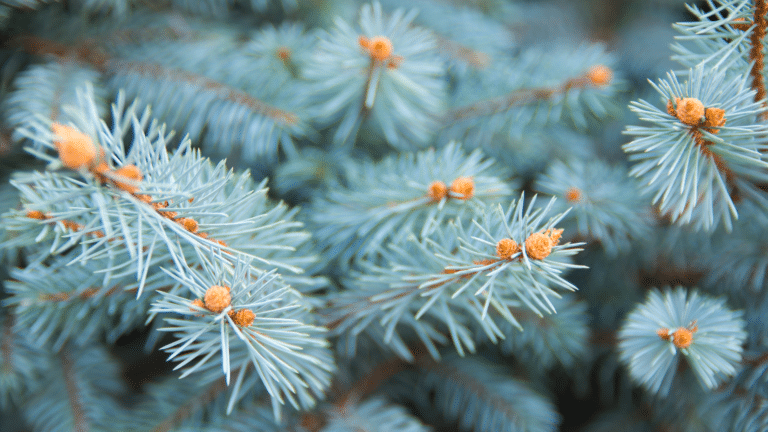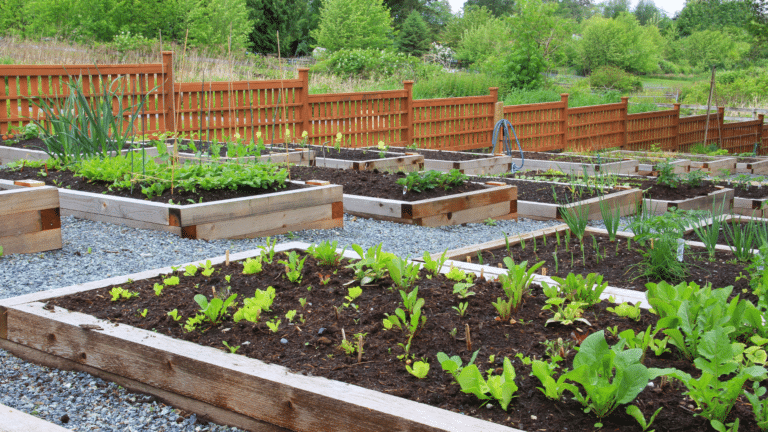The Chicago area creates a challenge for those wanting to grow Rhododendron and Azaleas. Soil that is heavy clay and often compacted does not provide an ideal growing condition for Rhododendron. The ability to successfully grow these plants depends greatly on soil preparation; proper planting, mulching, and watering; and a fertilization program that will maintain soil acidity. Chicago area soil conditions require modification.
Because of shallow, fibrous root systems, Azaleas and Rhododendrons require a soil that is uniformly moist, but not saturated.
Heavy clay soils often don’t drain well and usually have a pH that is neutral to alkaline. Rhododendron and Azaleas are acid loving plants that prefer a pH level of 4.5 to 6.0. The soil pH can be lowered by adding soil sulfur to the soil by using such products as aluminum sulfate or iron sulfate.
When planting, it is important not to set the plants too deep.
Roots of these plants tend to be in the upper 4”- 6” of soil and need to be close to the surface for aeration. The top of the root ball should be set at or slightly above the level of the existing soil. A raised mound should be constructed using some of the native soil combined with large amounts of sphagnum peat moss or other organic material such as Organic Soil Conditioner. The end result is to achieve a planting mix that will have the right balance of good drainage while still providing adequate moisture. Mulching with shredded mulch or pine bark to a depth of 3”- 5” is beneficial in retaining moisture.
Large-leaved Rhododendron such as ‘Catawba’ types prefer filtered sunlight which often is found on a northern exposure. Small-leaved Rhododendron such as ‘PJM’ types or Azaleas can flourish in filtered sunlight or in direct sunlight. All types need to be sited where they will be protected from winter winds and sun.
Once planted, Rhododendrons and Azaleas benefit from regular watering and two to three seasonal applications of an acid based fertilizer. This will supply the necessary plant nutrients and help keep the soil acidic. Fertilizers are best applied in the spring and early summer


